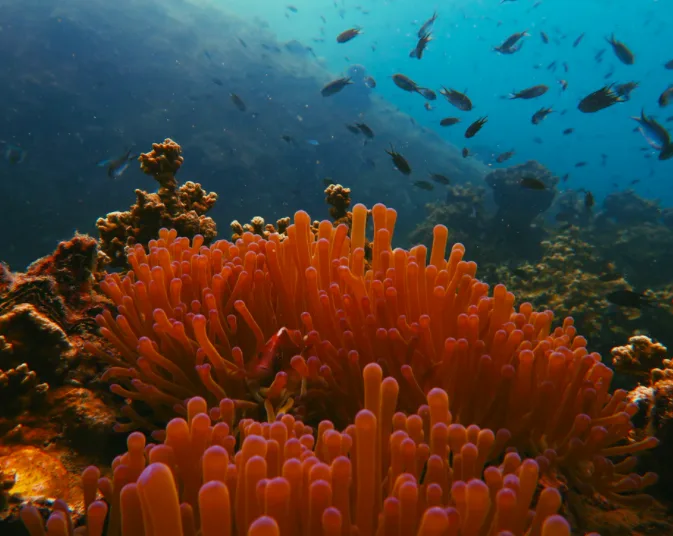
Sea animals filter out millions of viruses, study finds
A glass of ocean water can contain over 150 million viruses
The spread of viruses has been top of mind in light of the COVID-19 pandemic and a new study joins this discourse, however, it focuses on viruses in the oceans.
The researchers state that viruses are the most abundant biological entities in marine environments and there can be over 150 million viruses in a single glass of ocean water. Just like humans, aquatic species face the risk of viral outbreaks that can significantly reduce the size of populations. However, little is known about how aquatic animals impact the number of viruses that are floating around.
See also: Great Barrier Reef endures third mass bleaching event in five years
The study found that certain sea animals can change their physical environments and many species are able to keep the number of marine viruses in balance. The researchers looked at the roles of several marine species that cannot be infected by the viruses, such as anemones, crabs, oysters, and sponges.
The data revealed that in a 24 hour period, 90 per cent of viruses were reduced by crabs, 43 per cent by cockles, and 98 per cent by sponges. Analysis of the animals’ behaviours found that these species ingest virus particles they eat food such as algae or when they’re simplifying extracting oxygen from the water to breathe.
The researchers say that studying the ways that sea animals manage the abundance of viruses in the ocean is important because it allows for more accurate predictions of how viruses will impact population dynamics. Viral outbreaks can sweep through aquatic farms, but this could be better managed with the addition of sea animals that can lower the presence of viruses, such as sponges.
LONG TERM IMPACTS OF MARINE VIRUSES
Instances of climate change increasing the spread of marine viruses have already been documented. In 2002 thousands of European harbour seals off the coast of Alaska began dying from phocine distemper virus (PDV), which experts say was a virus that used to only affect animals in the Atlantic.
A study that was published in November 2019 found that melting Arctic ice could have helped spread PDV to new regions because the vanishing ice altered how and where these animals travelled. Contributors to this study say that health impacts from the changing Arctic conditions are unknown, but it can be assumed that melting physical barriers and altered animal behaviours will create opportunities for pathogens to cross between marine populations that are thousands of kilometres apart.
In addition to infecting sea animals, marine viruses can change biogeochemical cycles and impact the amount of carbon that oceans store.
Research shows that the changing climate has both direct and indirect consequences on marine viruses, which include cascading effects on biogeochemical cycles, food webs, and the metabolic balance of the ocean, as reported in a study conducted by the Federation of European Microbiological Societies. The study revealed that viruses are actively interacting with warming temperatures and recommended that future ocean climate models incorporate the role of marine viruses to increase the accuracy of their predictions.






